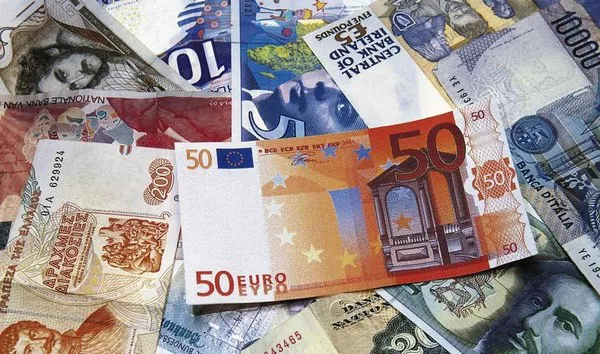Economists at ING highlight the significance of the European Central Bank‘s (ECB) negotiated wage growth indicator as a pivotal factor influencing the Euro’s performance. According to ING, a decline in salary pressure could prompt further unwinding of Euro long positions.
The analysts suggest that a potential decrease in the negotiated wage growth indicator aligns with their economics team’s projection of a 4.4%-4.5% year-on-year reading, which they consider slightly lower than market expectations. The wage indicator, which has consistently risen since mid-2022, may present a welcome development for the ECB, even if the decline is contained.
ING anticipates substantial support for the Euro at the 1.0700 level, emphasizing that such a level would not be surprising given the context. The outcome of this wage indicator becomes particularly crucial as it sets the stage for the April release of the 2024 first-quarter GDP print, inclusive of detailed wage information, and the subsequent release of the negotiated wage indicator in May.
The analysts posit that the combined information from these releases will play a pivotal role in determining whether the ECB signals a potential rate cut in June. This decision hinges on the assessment of second-quarter GDP figures, published after the June meeting.
Despite the Euro’s status as an outlier in the G10 space and being moderately overbought against the Dollar (+7% of open interest), ING suggests that a decline in the negotiated wage growth below 4.5% could lead to positioning adjustments on the downside in EUR/USD. However, the analysts express confidence in the existence of robust support at the 1.0700 level, indicating a potential buffer against significant depreciation in the Euro.




























